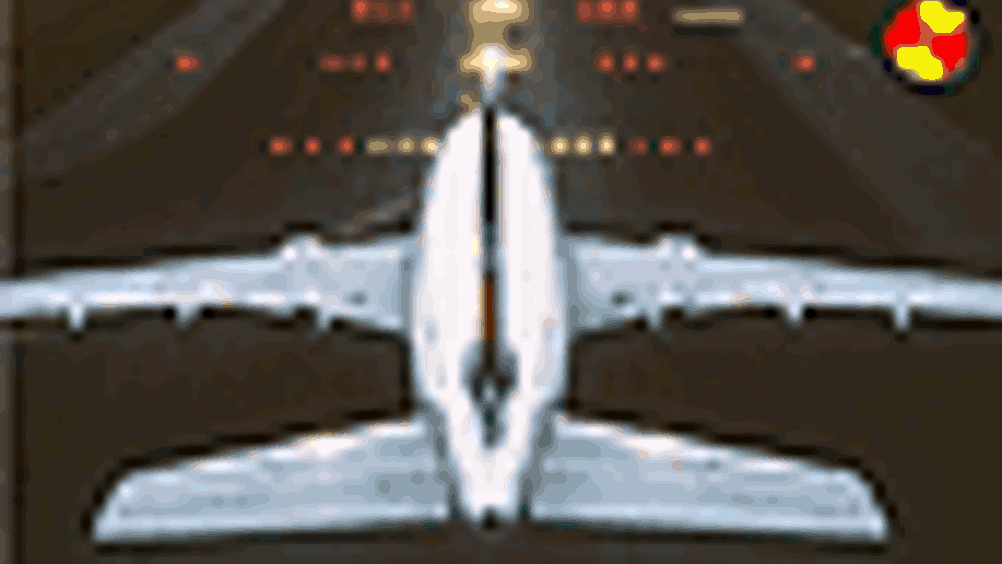Electronic graffiti points the way

A method of hanging mobile radio messages in the air like floating electronic signposts may soon be used to help pilots navigate around airports on the ground.
Siemens and Deutsche Flugsicherung have successfully tried out the solution at
To find their designated parking position, an air crew currently has to fall back on signs, ground lighting, site plans, radar or instructions from the control tower. But radar is not easily able to pinpoint their exact position, radio traffic is often overloaded, and darkness or fog, unclear taxiway markings or even just the sheer size of the airport make if difficult to find a route.
"Digital Graffiti" from Siemens Business Services and Siemens Corporate Technology offers a potential solution. With this approach, Siemens stores mobile radio messages at particular locations for specific receivers, literally suspending them in mid-air. The message is not passed on to the designated recipient until they have reached the agreed location.
Register now to continue reading
Thanks for visiting The Engineer. You’ve now reached your monthly limit of news stories. Register for free to unlock unlimited access to all of our news coverage, as well as premium content including opinion, in-depth features and special reports.
Benefits of registering
-
In-depth insights and coverage of key emerging trends
-
Unrestricted access to special reports throughout the year
-
Daily technology news delivered straight to your inbox










Biodegradable sustainability boost for food packaging
While these type of developments make for a nice PhD project, an unintended consequence is the adverse effect on plastic recycling. Seven years ago,...